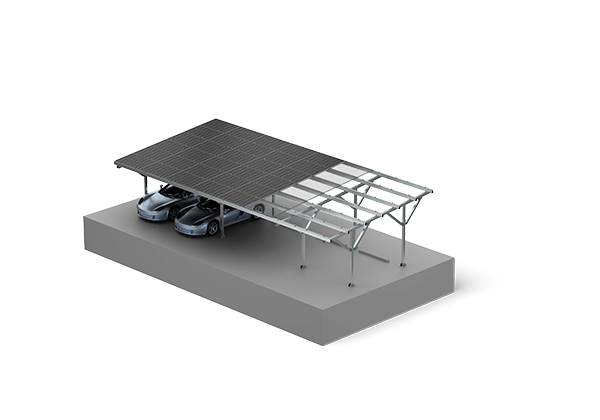Integrating solar energy generation with parking infrastructure requires a specific approach to structural engineering. The selection of a robust carport mounting system is critical, as it must fulfill a dual purpose: providing reliable shelter for vehicles while securely supporting a photovoltaic array for the long term. This makes the structural integrity of the solution a primary concern for project planners and developers.
Evaluating Strength and Stability for Longevity
The fundamental requirement for any carport mounting system is an ability to withstand substantial environmental loads, including wind, snow, and the constant weight of the panels themselves. A design characterized by its W-shaped beam profile is often employed to address this need. This specific engineering contributes to a high load-bearing capacity and overall stability, forming a resilient framework that protects assets underneath and ensures the energy system’s continuous operation.
Achieving Project Efficiency Through Design
Beyond pure strength, the efficiency of the installation process itself is a significant factor in project timelines and budgeting. A well-designed carport mounting solution should simplify assembly. Pre-engineered components and a logical connection system can reduce on-site labor time and complexity. For installers, this means a more straightforward process that minimizes potential errors, enhancing safety and helping to keep projects on schedule and within their financial parameters.
In the end, an Antaisolar solar carport project hinges on a mounting system that delivers proven strength and practical installation benefits. The technical design of the carport mounting structure directly influences the project’s durability, safety, and economic feasibility. For commercial and residential applications, prioritizing these engineering fundamentals is a decisive step toward a successful and resilient dual-purpose asset.
